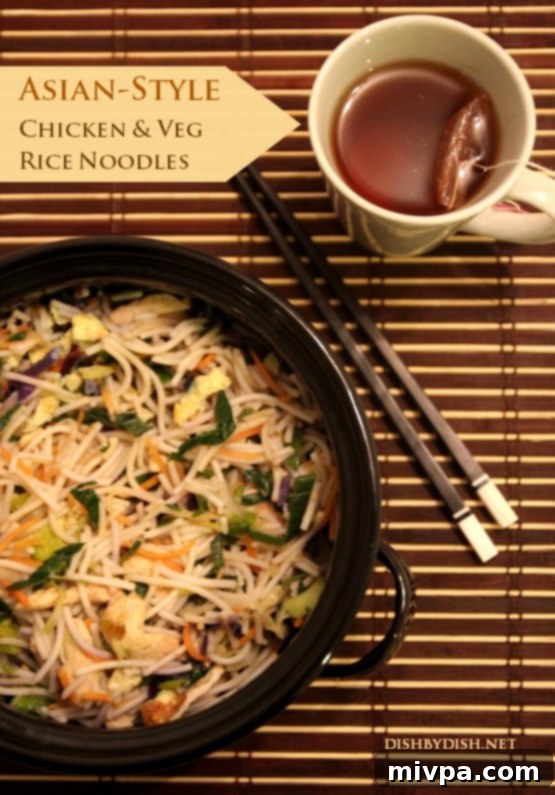Asian-Style Chicken & Vegetable Rice Noodles: A Culinary Journey Home
It had been far too long since I’d last connected with my grandparents. Weeks had turned into months, and their absence in my daily life weighed heavily on my mind, even manifesting in my dreams. So, when that quiet Sunday evening arrived, curled up on the couch next to my sister Val, I finally picked up the phone. My fingers instinctively dialed the number I knew by heart, a number that connected me across continents, from Singapore to the bustling streets of Buenos Aires, Argentina.
My grandfather, whose hearing isn’t what it used to be, answered with a resounding, booming “HELLO?” that echoed through our Skype VOIP connection. The sound of his voice, loud and clear despite the distance, brought an immediate wave of relief. In a burst of excitement, I shouted back, “YEYE?”, using the Mandarin term for grandpa, a familiar endearment that instantly transported me back to childhood. Our brief conversation was a charming, if slightly comical, shouting match. He spoke loudly because he couldn’t hear well, and I, in turn, raised my voice to ensure I was understood. “It’s been a while since I’ve heard your voice,” he remarked, a gentle reprimand laced with love. I sheepishly agreed, acknowledging the pang of guilt for not calling sooner, for not reaching out more frequently. My grandfather is a man of few words, his stern exterior often concealing a deep well of affection, especially for his grandchildren. Yet, even through the phone, I could feel his love spilling out, warm and comforting.
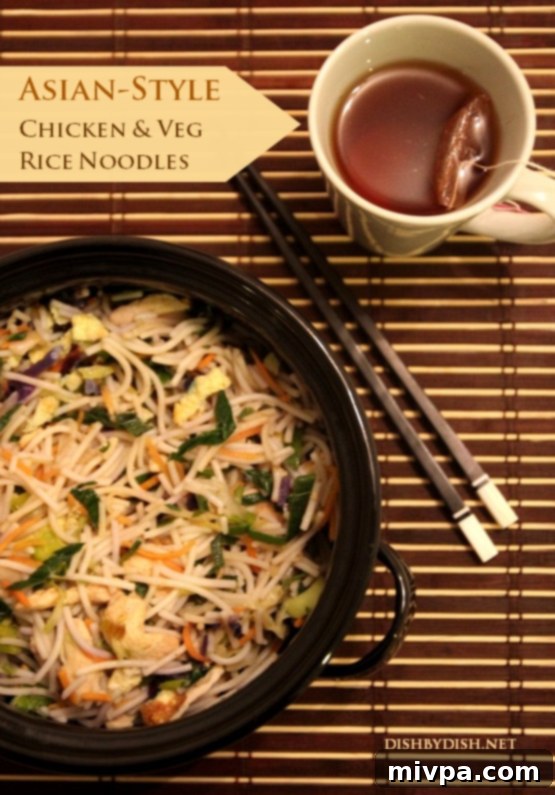
After a few precious minutes, he passed the phone to my grandmother. Some of you might remember her from my earlier posts, where I shared the recipes for her delightful Browned Butter Almond Cookies and her zesty Lemon Squares. My grandma is far more expressive, her love often manifesting in good-natured teasing. She playfully scolded me for forgetting about her, and while a familiar tinge of guilt arose, I knew it was her unique way of saying how much she missed me.
That day, my baby cousin, En Tong, was at my grandparents’ home, nursing a cough and taking a day off from school. My grandma persuaded her to sing a couple of songs for us, and hearing En Tong’s innocent, angelic voice singing tunes she’d learned from school and church brought tears to my eyes. A deep ache settled in my chest – a yearning to be there in person, to witness her growth, something I’ve missed living so far away. I smiled through my tears, a bittersweet joy, reminding myself how fortunate I was to have a family to call, despite the distance. It was moments like these that my Asian roots truly called me home, stirring a profound yearning to be physically near my family, both immediate and extended. The desire to bridge the geographical gap was overwhelming.
Since a trip home wasn’t immediately possible, I resolved to bring a piece of Asia to me, or at least to my kitchen in Buenos Aires. I wanted to fill my home with the comforting aromas and flavors of the place I’ve always known as home. My stomach yearned for the warmth of those familiar ingredients, those distinct fragrances that instantly transport me back to bustling markets and family gatherings. Food, I realized, was a powerful bridge, capable of connecting me to my heritage, my memories, and the people I held dear.
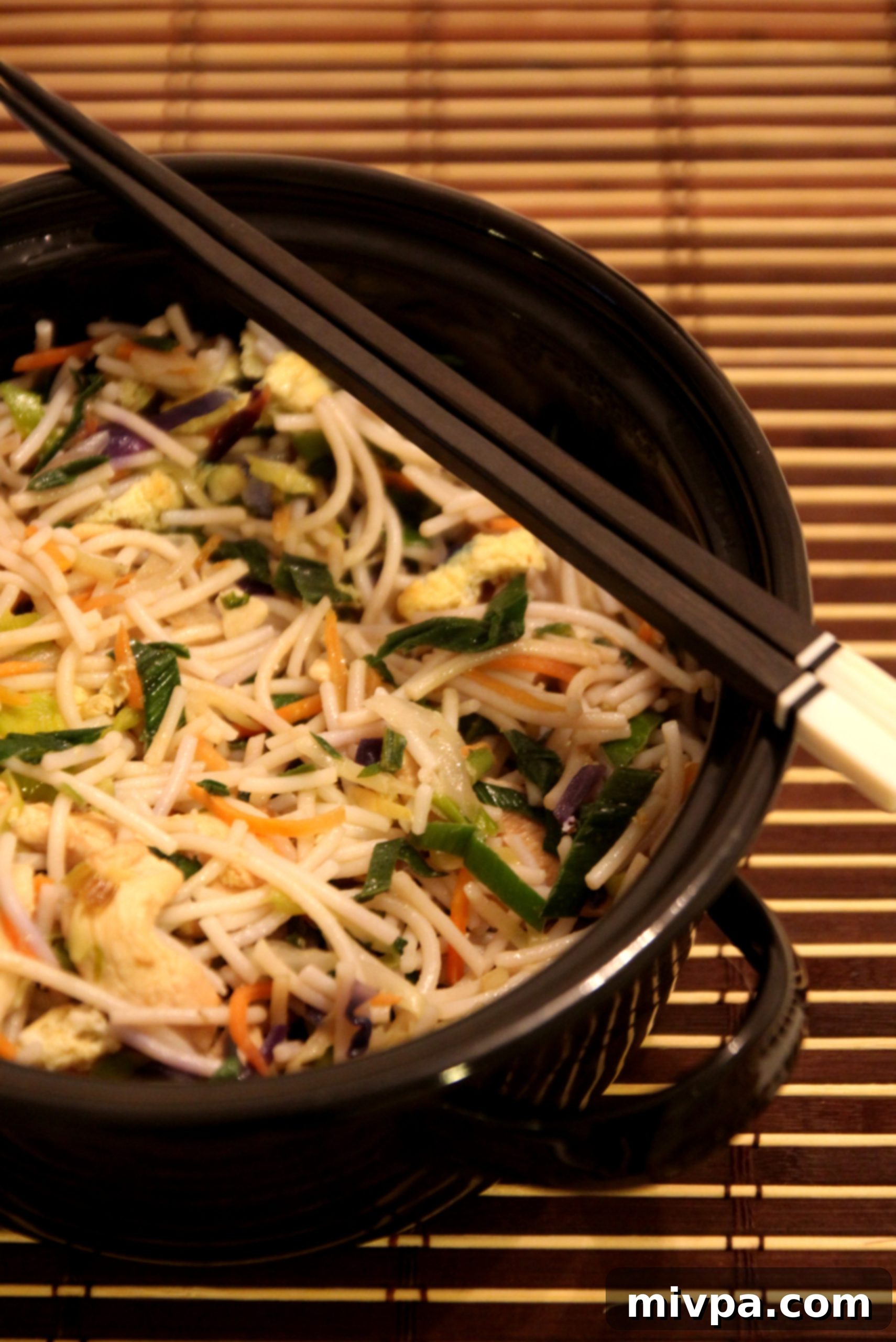
Bringing Asia to My Kitchen: The Comfort of Stir-Fry
When I think of Asian food, my mind immediately conjures images of vibrant street food stalls – places where the ambiance might be humble, but the food is unbelievably delicious and incredibly affordable. I recall the tantalizing scent of stir-fries wafting through the air, clinging to your hair, leaving you in a blissful haze. The rhythmic symphony of metal ladles clashing against woks and pans, the distant, steady chop of a woman preparing chilies on her wooden board, and the contented sounds of people everywhere savoring their meals. This sensory richness defines my experience of Asian cuisine.
For me, Asian cooking is intrinsically linked to the art of stir-frying, with the indispensable wok at its heart. The sheer ease and practicality of stir-frying make it one of my favorite cooking methods. It’s quick, efficient, and yields incredibly flavorful results. To satisfy that deep longing for home, I decided to recreate this quintessential Asian culinary experience right here in my Buenos Aires kitchen. And what better way to do so than with a classic, comforting noodle dish?
Creating the Perfect Homemade Asian Noodle Dish
This Asian-style chicken and vegetable rice noodles dish is wonderfully simple, yet incredibly satisfying. The beauty of it lies in its versatility; you can truly make it your own based on what you have on hand or what your palate desires. For a well-balanced and nutritious meal, I opted for a colorful array of fresh vegetables paired with lean chicken breast for a healthy protein boost.
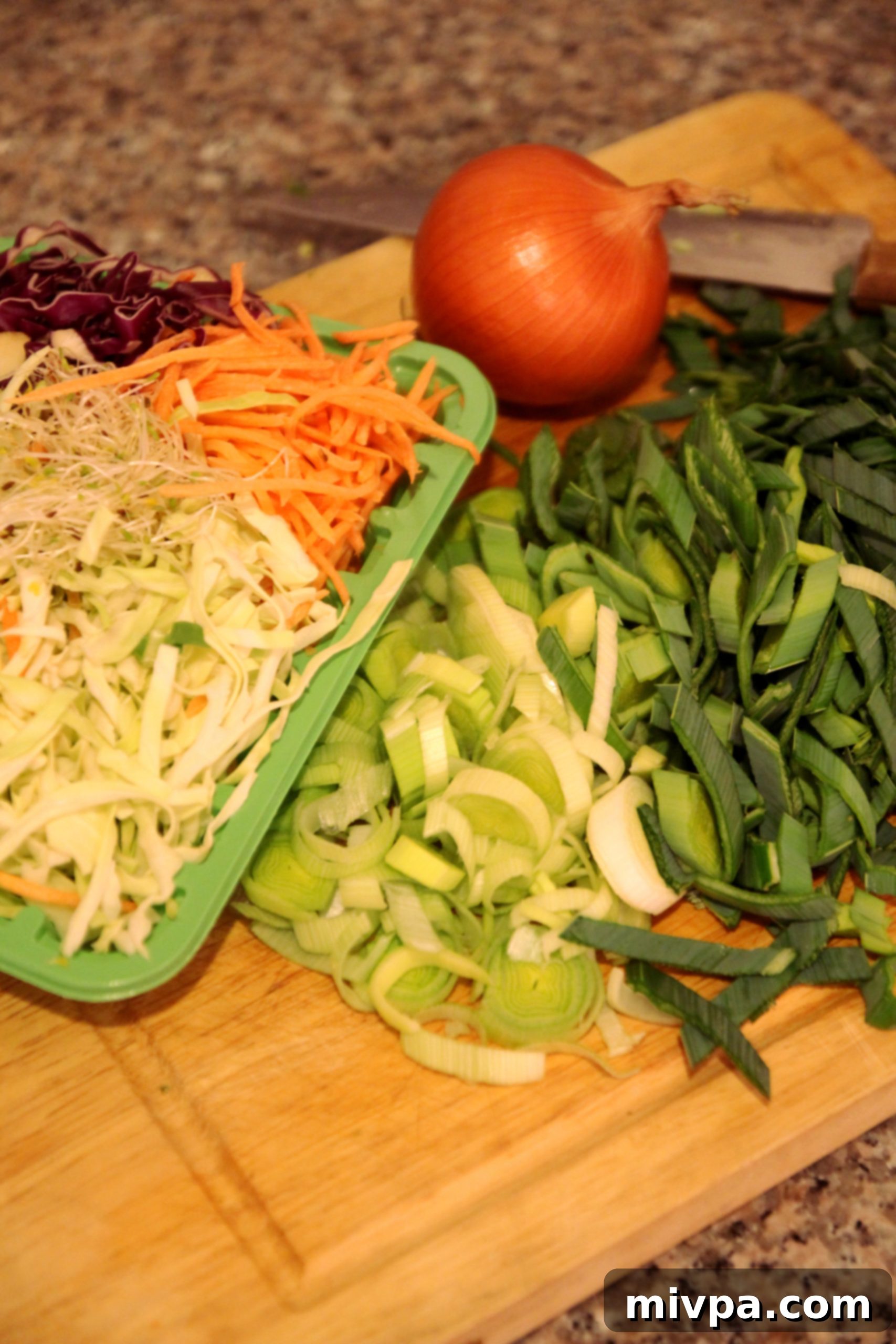
I chose a vibrant combination of red and white cabbage, sweet onions, aromatic leeks, crunchy carrots, and nutrient-rich spinach. But truly, this is where your creativity can shine. Don’t hesitate to throw in any other vegetables you fancy or any forgotten gems lurking in your fridge – bell peppers, mushrooms, broccoli, snow peas, or even bamboo shoots would all be excellent additions. The goal is to create a harmonious blend of textures and flavors.
The preparation begins with the chicken. Slice the chicken breast into thin strips, then marinate them simply with a touch of light soy sauce. Let it rest for at least 15 minutes, allowing the flavors to meld. While the chicken marinates, wash and thinly slice all your chosen vegetables. When it’s time to cook, you’ll stir-fry them until they are just tender-crisp, filling your kitchen with an intoxicating aroma. Can you smell the sweet, earthy scent of the leeks and the vibrant fragrance of the other vegetables? That’s how you know they’re ready!
Next, sauté the thinly sliced onions until they turn translucent and slightly sweet. Add the marinated chicken strips and cook until they are opaque and thoroughly done. Remove the chicken and set it aside. In the same pan, quickly cook a simple omelet using beaten eggs, then slice it into thin, elegant strips. These egg ribbons add another layer of texture and protein to the dish.

The true highlight of this dish, and what truly evokes my Asian memories, are the white rice noodles. Uncooked, they appear as delicate, translucent glass ribbons. As they cook in generously-salted boiling water, they transform into a soft, pale white. Rice is a fundamental staple across Asia, so opting for rice noodles over wheat-based alternatives (like spaghetti) was essential for authentically recreating the flavors of home. While rice noodles are typically available in most large supermarkets or any Asian grocery store, don’t despair if you can’t find them – spaghetti or other thin wheat noodles can serve as a decent substitute in a pinch.
Once the noodles are perfectly cooked and beautifully white, it’s time to bring all the elements together. In a large pot (or a wok, if you have one, which is ideal for stir-frying), combine the cooked rice noodles with all the other prepared ingredients: the sautéed vegetables, the cooked chicken, and the sliced egg. Pour light soy sauce generously over the mixture, adding a bit more at a time to suit your taste preference. Continuously stir-fry for a few minutes, ensuring all the flavors are evenly distributed and the noodles are coated in the savory sauce. The steam rising from the pan, mingling the scents of soy, chicken, and fresh vegetables, is truly a comforting experience.
The best way to enjoy these lovely noodles? Served piping hot, of course, and ideally accompanied by a warm mug of tea. It’s a simple pleasure that completes the meal, making it feel even more like a hug from home.
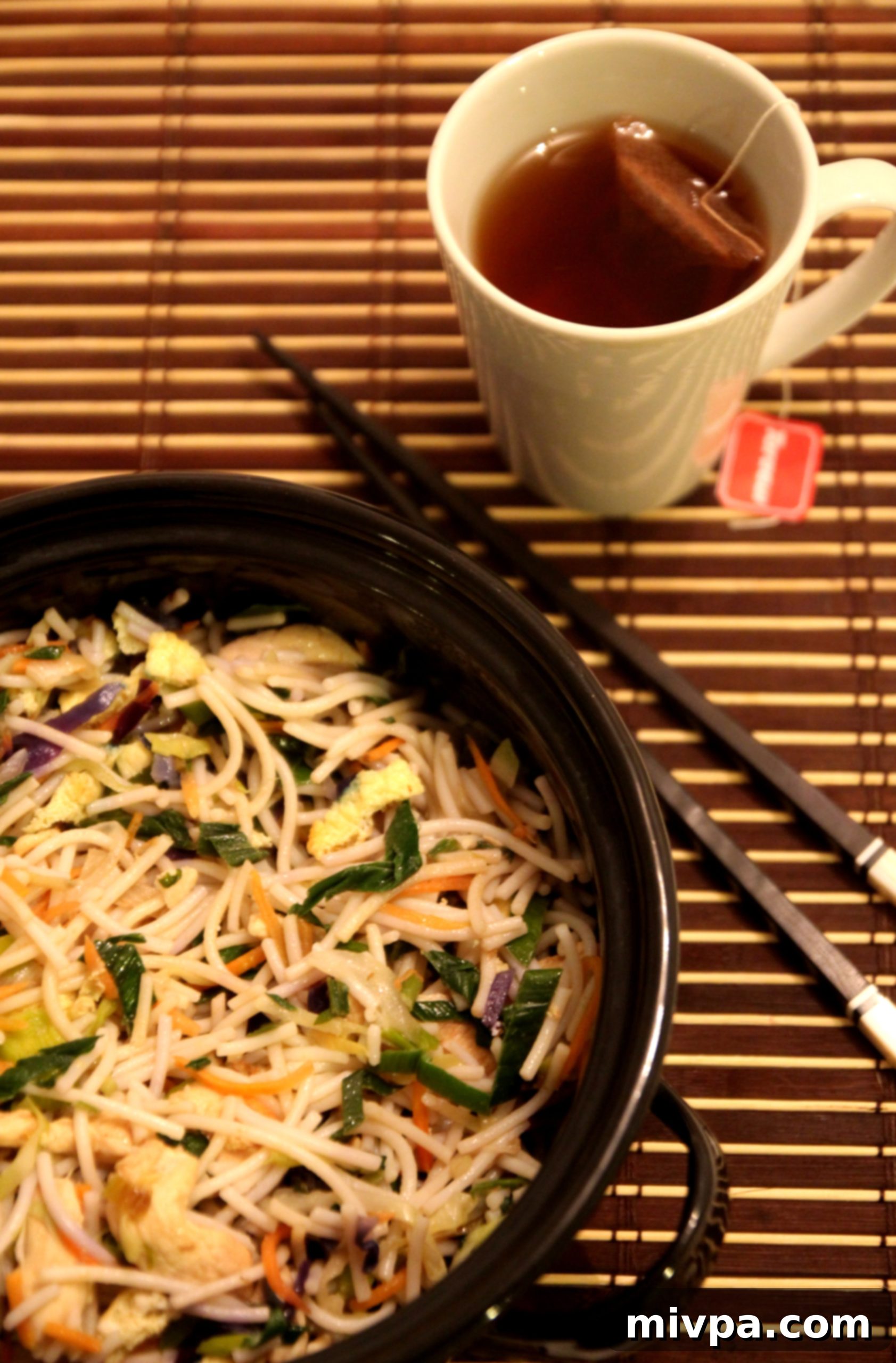
Asian-Style Chicken & Vegetable Rice Noodles (Serves 4)
This incredibly flavorful and easy-to-make noodle dish is perfect for a weeknight dinner or when you’re craving a taste of authentic Asian comfort food. Adjust the ingredients to your liking and enjoy this delightful meal!
Ingredients:
- ½ cup thinly sliced carrots
- ½ cup thinly sliced red cabbage
- ½ cup thinly sliced white cabbage
- ½ cup roughly chopped spinach
- 1 cup thinly sliced leek
- 1 onion, sliced thinly
- 1 de-skinned chicken breast, cut into thin strips
- 3 eggs, beaten
- 300g (approximately 10.5 oz) uncooked rice noodles
- Salt & pepper to taste
- 4 tablespoons light soy sauce (divided into 2 tbsp for marinade and 2 tbsp for main dish), plus more to taste
- A little cooking oil (vegetable, canola, or sesame oil recommended)
Steps:
- Marinate the Chicken: Cut the chicken breast into thin strips. In a bowl, toss the chicken strips with 2 tablespoons of light soy sauce, a pinch of salt, and pepper. Let it marinate for at least 15 minutes while you prepare other ingredients.
- Prepare Vegetables: Wash and thinly slice all your vegetables: carrots, red cabbage, white cabbage, spinach, leek, and onion.
- Cook Chicken & Onions: In a large saucepan or wok, heat a little cooking oil over medium-high heat. Add the thinly sliced onions and sauté until they become transparent and softened (about 3-4 minutes). Then, add the marinated chicken strips and stir-fry until they are cooked through and opaque. Remove the cooked chicken and onions from the pan and set them aside.
- Cook the Eggs: Using the same saucepan, add a tiny bit more oil if needed. Pour in the three beaten eggs and cook quickly to form a thin omelet. Once cooked, remove from the pan, roll it up, and slice into thin strips. Set aside.
- Sauté Vegetables: In the same large pot or wok, heat a little more oil. Add the sliced leeks first and sauté for a minute until fragrant. Then, add the remaining vegetables (carrots, red cabbage, white cabbage, spinach). Cook over medium heat, stirring frequently, until the vegetables are tender-crisp and aromatic.
- Cook Noodles: Meanwhile, bring a large pot of generously salted water to a rolling boil. Cook the rice noodles according to package instructions. They usually cook very quickly (2-5 minutes). Drain the noodles well in a colander.
- Combine & Finish: Add the cooked and drained rice noodles to the pot with the sautéed vegetables. Pour the remaining 2 tablespoons of light soy sauce over the noodles and vegetables, stirring well to ensure everything is evenly coated.
- Add Proteins & Serve: Finally, add the cooked chicken and onions, along with the sliced egg strips, back into the pot. Stir everything gently but thoroughly to combine. Taste and adjust seasoning with more soy sauce, salt, or pepper if desired. Serve immediately, perhaps with a comforting mug of hot tea.
Tips for the Perfect Asian-Style Noodles:
- Vegetable Variety: Feel free to experiment with other vegetables like bell peppers, mushrooms, snap peas, broccoli florets, or bok choy. Adjust cooking times based on their density.
- Protein Alternatives: This recipe works wonderfully with other proteins too! Try shrimp, thinly sliced pork, or tofu for a vegetarian option.
- Spice It Up: For a kick, add a dash of chili oil, sriracha, or a few fresh bird’s eye chilies (finely chopped) when stir-frying the vegetables.
- Umami Boost: A teaspoon of oyster sauce or a splash of sesame oil added at the very end can deepen the flavors significantly.
- Wok vs. Pan: While a wok is ideal for stir-frying due to its heat distribution, a large, deep skillet or pot works perfectly fine. Just ensure you don’t overcrowd the pan to allow ingredients to stir-fry rather than steam.
- Noodle Choices: If you can’t find flat rice noodles, vermicelli (thin rice noodles) or even regular spaghetti (cooked al dente) can be used as alternatives, though the texture will differ.
Sautéing onions and chicken until cooked through:
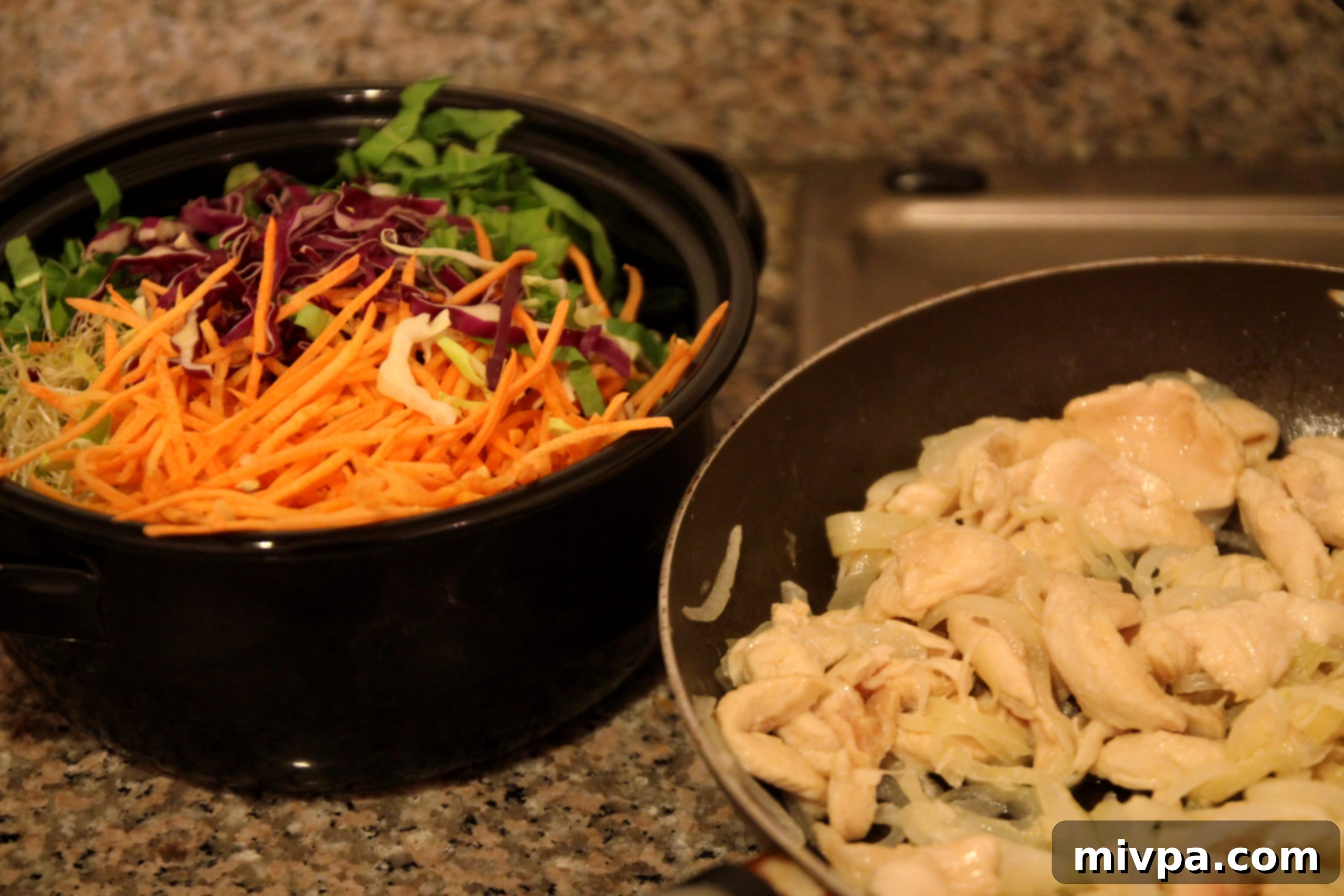
Sautéing leeks and the rest of the vegetables over low heat:

Cooking rice noodles according to package instructions and draining well:
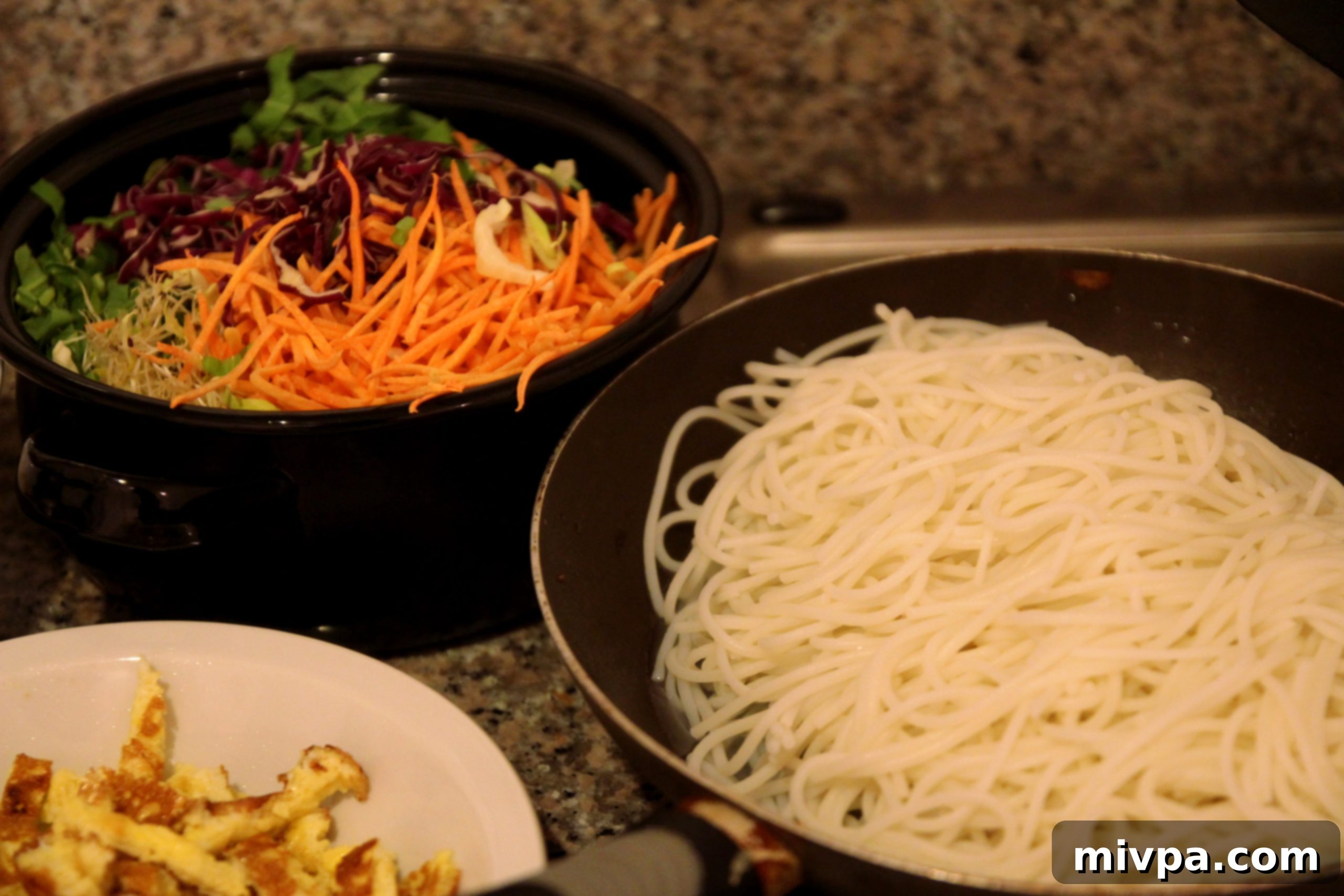
Adding cooked rice noodles, soy sauce, chicken, and egg to the vegetables, then stirring well:
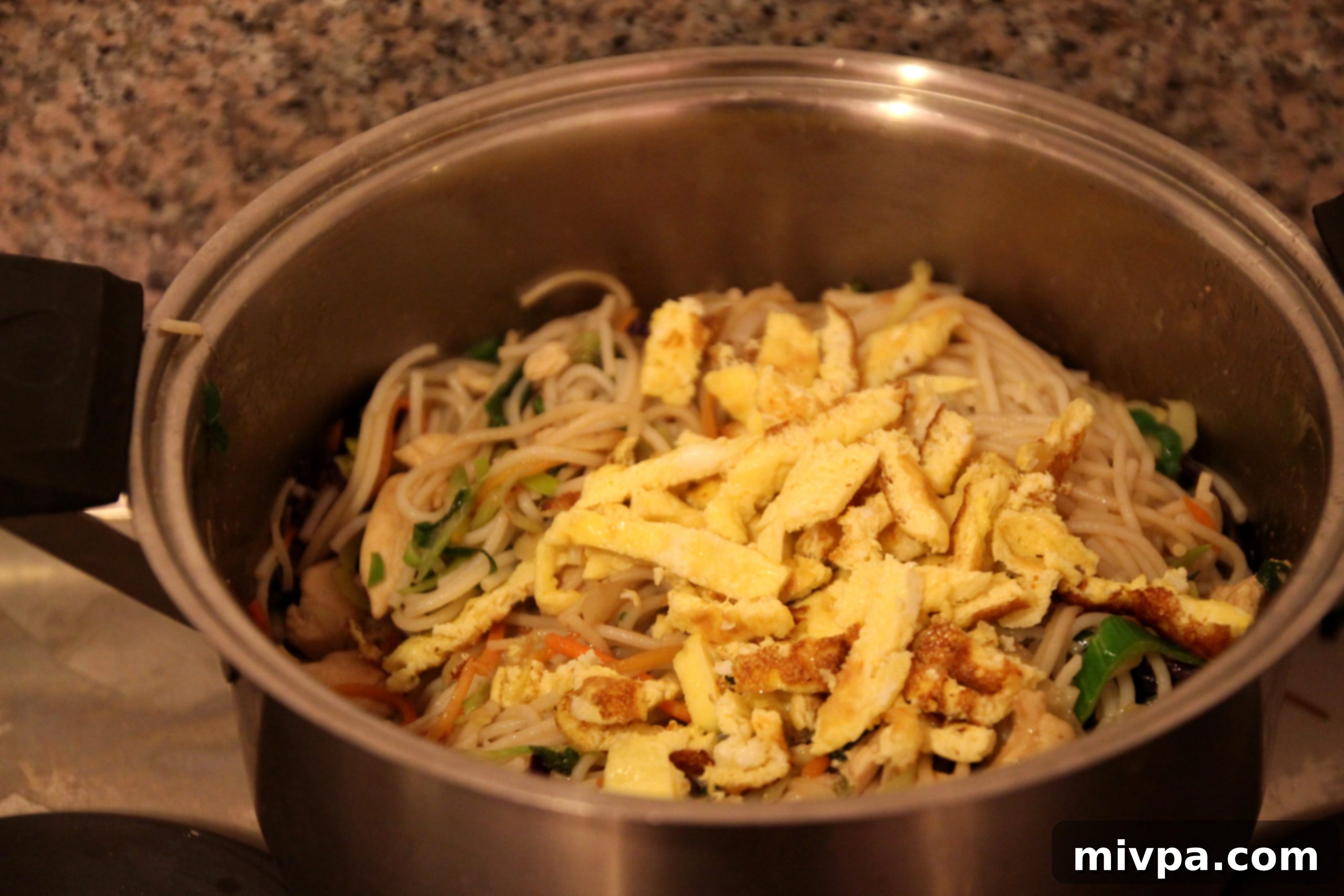
This dish is more than just a recipe; it’s a reflection of how food can evoke powerful memories and bridge vast distances. Every bite of these Asian-Style Chicken & Vegetable Rice Noodles is a journey back to the flavors of my childhood, a tangible connection to my roots and the loving bond with my family. I hope it brings a similar sense of warmth and comfort to your table. Happy cooking, and perhaps, happy calling your loved ones too!
